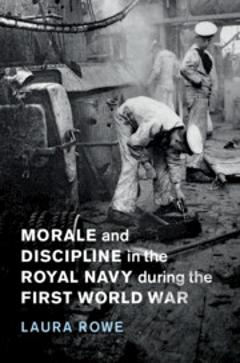Air and Sea Power in World War I —— Combat And Experience In The Royal Flying Corps And The Royal Navy
----- 第一次世界大战中的空中和海上力量:皇家飞行军团和皇家海军的作战和经验
Introduction The Royal Flying Corps The Royal Navy Historiography Chapter 1: Training Royal Flying Corps Training Effectiveness of the RFC Training Programme Royal Navy Training Effectiveness of the Naval Training Programme Chapter 2: Non-Combat & Service Motivation Courage Coping with Action: Killing Coping with Action: Death Threats to Motivation: Poor Leadership Threats to Motivation: Boredom and Discomfort Threats to Motivation: Lack of Moral Fibre Encouraging Motivation: Pride in Service Encouraging Motivation: Manliness Encouraging Motivation: Comradeship Encouraging Motivation: Leisure Encouraging Motivation: Personal Control Chapter 3: Technology History of Technology The Royal Flying Corps: The Aircraft Industry The Effect of Technological Invention: Aerial Views The Effect of Technological Invention: Physical Protection Pilot Led Innovation: Arming the Aeroplane Pilot Led Innovation: Aerial Bombardment The Royal Navy Preparing a Base Civilian Scientists and National Defence Submarines Anti-Submarine Developments Chapter 4: Home Front The Threat Life on the Home Front: 1914-1915 Combat on the Home Front: The RNAS 1914-1915 Combat Preparations: Not Fighting the Zeppelin 1914-1915 Combat on the Home Front: Fighting the Zeppelin 1914-1915 Life on the Home Front: 1916-1918 Combat on the Home Front: Not Fighting the Zeppelin 1916 Combat on the Home Front: Aeroplane Raids 1917-1918 Servicemen: View of the Raids Chapter 5: Representations of War RAF: The Establishment of a Peacetime Service Public Affection Heroism and Pilots Creating the Myth The Navy Political and Economic Consequences of the Naval War Naval Inertia and Lost Faith Conclusion The Contribution of the RFC and Navy to Great War Studies Endnotes
{{comment.content}}








 京公网安备 11010802027623号
京公网安备 11010802027623号